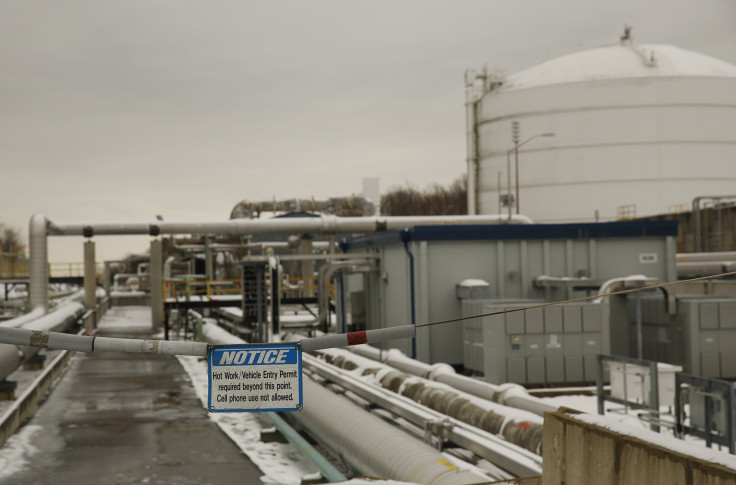No Longer Asia But Europe Is LNG's Hottest Market

Asia is no longer the hottest market for the liquefied natural gas, or LNG, industry. The focus has shifted westwards to Europe. The transfer has also prompted gas exporters from the United States to target the Baltic regions as well as Poland as the two look for options outside of Russia.
As per a Reuters report, consultancy Energy Aspects said that European demand for the cleaner LNG in 2016 will increase two-thirds to 61 million tonnes. Although still a dismal amount compared to the demand in Asia, the region has accepted twice as many LNG tankers in January and February alone, versus the same two months in 2014. This prompted Reuters, based on data, to forecast that imports will soar in 2015.
Demand in Asia for the cleaner LNG is forecast to expand 7 percent to 187 million tonnes in 2015. But it will drop 2 percent in 2016, equivalent to 4 million tonnes, as Japan and South Korea, two of the world’s top three buyers, seek other fuel types, particularly nuclear energy, coal and fuel oil.
Demand from China, the third world LNG buyer, has likewise been lower. Chinese import terminals, according to oilprice.com, utilised only 55 percent of their capacity in 2014, compared to the utilization rate of 67.2 percent in 2013. The drop is being attributed to the country’s cooling economic growth. Although China’s LNG consumption will still continue to grow, it is however slower than projected. “The expansion of China’s gas supply infrastructure has outpaced the development of gas utilization,” Wang Zimeng, an analyst from Sublime China Information, told Interfax.
As the euphoria sizzled down, gas exporters now turn their eye towards the European region. That’s why Vivek Chandra, chief executive of Texas LNG, said they would take their chances to serve the markets on the other side of the globe, primarily the small Baltic states of Lithuania, Latvia and Estonia, as well as Poland, even as demand is seen to tip at just between 6 million to 7 million tonnes a year.
But Chandra believed there is more to come from the region, spurred by the ongoing tensions with Russia. Unless the conflict gets resolved the soonest time possible, Europe may reduce its yearly piped gas imports from Russia by a quarter over the next five years. This translates to a slash of 45 billion cubic metres (bcm) a year, equivalent to over 30 million tonnes of LNG.





















